As outdoor activities have become more and more popular, hunting, birdwatching, golfing and exploring nature become ever more engaging experiences - having the proper optical gear can significantly enhance these experiences.
Rangefinders and binoculars are two widely-used tools, but many individuals remain confused on which to select. Today we will introduce the differences between rangefinders vs binoculars. Let's dive right in!
Part 1. What is a Rangefinder?
Rangefinder is a high-precision electronic optical device designed to measure the distance between the user and a target object.
Most modern rangefinders use laser technology, commonly known as laser rangefinders, which emit a laser beam toward the target and calculate the exact distance based on the time it takes for the beam to reflect back. Compared to traditional visual estimation, rangefinders are not only faster but also significantly more accurate.

Rangefinder Common Uses:
Hunting: A rangefinder helps hunters quickly determine the distance to their target, allowing for precise aim adjustments and improved accuracy, especially in complex terrain or when tracking moving targets.
Golf: Golfers use golf rangefinders to measure the exact distance to the hole, green edges, or hazards. This helps in choosing the right club, controlling shot strength, and making it a valuable tool for both practice and competition.
Construction/Engineering Surveys: Rangefinders are used on construction sites to measure terrain variations, elevation differences, and boundary lines, improving efficiency and measurement accuracy.
Outdoor Activities: Rangefinders help users assess route safety, calculate travel distances, and plan optimal paths during hiking, climbing, or orienteering.
Key Benefits of Rangefinder:
Fast and Accurate Measurements: Thanks to laser technology, results are delivered in seconds with minimal error, often accurate to within ±1 meter.
Easy to Use and Portable: Most rangefinders are compact, lightweight, and operable with one hand, making them ideal for quick access and long periods of carrying.
Advanced Features in High-End Models: Some premium rangefinders come equipped with advanced technologies, such as:
Target Priority Mode: Distinguishes between foreground and background objects for more accurate readings in complex environments.
Angle Compensation Technology: Automatically corrects distances on slopes to measure true horizontal distance is measured—crucial for both golf and hunting.
Waterproof/Fog-Resistant Design: Built to withstand a variety of outdoor weather conditions, ensuring long-term durability and consistent performance.
Part 2. What is a Binocular?
Binocular is an optical device designed to magnify distant objects using a system of lenses and prisms. Unlike monocular devices, binoculars allow you to observe with both eyes simultaneously, providing a more natural, immersive, and comfortable viewing experience. Thanks to their design, they deliver stable, bright, and detailed images, making them ideal for extended observation and tracking.

Binocular Common Uses:
Birdwatching: A must-have for bird enthusiasts, binoculars allow users to observe intricate details such as feather patterns, flight movements, and feeding behaviors, which are essential for identifying different species.
Travel & Hiking: Whether you're trekking in the mountains or exploring scenic areas, binoculars help you appreciate distant landscapes, wildlife, or architectural details, enhancing the overall experience.
Wildlife Observation: Researchers and nature lovers can study animals from a safe distance without disturbing their natural behavior.
Sports Events & Concerts: When you're seated far from the stage or field, binoculars help you clearly see the action or performances, making every moment more enjoyable.
Key Advantages of Binocular:
High Magnification & Sharp Images: Quality binoculars offer strong magnification with crisp, detailed visuals, ideal for spotting and identifying objects from afar.
Wide Field of View & Comfort: Using both eyes offers a broader and more three-dimensional view, reducing eye strain and making long viewing sessions more pleasant.
Versatile & Practical: Binoculars are suitable for a wide range of scenarios, from nature observation and sightseeing to live events, making them a reliable multi-purpose tool.
Durable & Weather-Resistant: Most modern binoculars are built to withstand tough outdoor conditions, featuring waterproof and fog-proof designs to ensure consistent performance.
Part 3. Rangefinder vs Binocular: What’s Their Differences?
Here's a quick comparison chart to give you a snapshot of the key differences between rangefinders and binoculars, scroll down for a more in-depth breakdown of each feature.
|
Feature |
Rangefinder |
Binoculars |
|
Core Function |
Measures distance |
Magnifies distant targets |
|
Magnification |
Generally lower (6x–8x) |
Usually higher (8x–12x and above) |
|
Usage Style |
Single-eye viewing with button activation |
Dual-eye viewing, more comfortable for long use |
|
Ideal Scenarios |
Hunting, golf, construction, shooting |
Birdwatching, travel, wildlife observation |
|
Price Range |
Mid to high (especially for high-precision models) |
Varies widely from entry-level to premium |
|
Distance Measuring |
Yes (core function) |
No (except some high-end models with rangefinder function) |
1. Core Function
Rangefinder: A rangefinder is engineered specifically to measure the exact distance between the user and a target. Most modern rangefinders use laser technology to calculate distance by timing how long it takes for a laser beam to bounce back from the target. This makes them highly effective for precision-based activities where knowing the exact range is crucial.
Binoculars: The main purpose of binoculars is to visually magnify distant subjects using a system of lenses and prisms. They don't offer any measurement function but excel at delivering bright, clear, and zoomed-in images of distant scenes or objects.
2. Magnification Power
Rangefinder: Most rangefinders come with lower magnification, typically between 6x to 8x. This is intentional, as higher magnification may result in a shakier image and hinder quick target acquisition. The lower zoom ensures a wider field of view, making it easier to locate targets quickly and accurately.
Binoculars: In contrast, binoculars offer higher magnification, usually between 8x to 12x or more. This allows users to see finer details at greater distances—ideal for spotting animals, observing landscapes, or enjoying live performances.
3. Viewing Style & User Comfort
Rangefinder: Typically features a monocular (single-eye) design, and users look through a single lens to spot the target and press a button to get a digital distance reading. While convenient and fast, prolonged use can be a bit straining to one eye.
Binoculars: Designed for binocular (dual-eye) use, which not only gives a more natural and immersive viewing experience but also reduces eye fatigue during long observation periods. They’re more suitable for continuous viewing, such as tracking wildlife or enjoying scenic views.

4. Best Use Scenarios
Rangefinder: Ideal for activities that require precise distance information, such as:
Hunting: Know exactly how far away your target is to ensure ethical and accurate shooting.
Golf: Accurately measure distance to the flag or hazards for better club selection.
Construction/Surveying: Measure distances, elevations, or layout points.
Shooting Sports: Calculate bullet drop compensation or windage based on exact distance.
Binoculars: Perfect for visual exploration and observation, such as:
Birdwatching: Study plumage, behavior, and movement from a distance without disturbing the birds.
Hiking & Nature Walks: Enjoy sweeping views and spot wildlife or distant landmarks.
Wildlife Observation: Watch animals in their natural habitat from a safe and respectful distance.
Sports & Concerts: Get closer to the action or stage when sitting far from the main event.
5. Price Range
Rangefinder: Due to the integration of electronics, laser modules, and often advanced features like angle compensation, target priority modes, or Bluetooth connectivity, rangefinders typically fall into a mid to high price bracket, especially for premium models used in hunting or golfing.
Binoculars: Available across a broader range of prices, from affordable models for casual users to high-end optics used by professionals. The price usually reflects image clarity, lens coatings, durability, and additional features like waterproofing or image stabilization.

6. Distance Measuring Function
Rangefinder: As the name implies, measuring distance is its core capability. It delivers real-time distance readings with high accuracy, often within ±1 yard or better.
Binoculars: Standard binoculars do not offer distance measurement. However, some premium hybrid models combine rangefinding technology with binocular optics, offering the best of both worlds, though at a significantly higher cost.
Part 4. Rangefinder Binoculars: The Best of Both Worlds?
Rangefinder binoculars combine the powerful magnification of binoculars with the precision of a rangefinder, offering an all-in-one solution for those who need both clear visuals and accurate distance readings. Though often priced higher, they eliminate the hassle of switching between two devices, making them a top choice for serious outdoor users.

Who Are Rangefinder Binoculars For?
Professional Hunters: Easily spot and range game without lowering your optics - ideal for quick, ethical shots in demanding environments.
Tactical & Law Enforcement: Real-time distance data and enhanced awareness in one device; some models include ballistic or night vision features.
Outdoor Adventurers: Perfect for explorers who value durability, range awareness, and optical clarity in extreme terrains.
Precision-Focused Users: Great for photographers, surveyors, or sports spotters who need accuracy and detail in a single view.
Key Benefits of Rangefinder Binoculars:
- Combines two essential tools into one device
- Saves time and reduces gear weight in the field
- Provides simultaneous observation and distance measurement
- Ideal for long-range tasks requiring both clarity and precision
Gogogo Sport Vpro Rangefinder Binoculars: The Ultimate Outdoor Companion
Gogogo Sport Vpro Wildlife Binocular Laser Rangefinder combines high-quality binocular optics with a precise laser rangefinder in one affordable, efficient device.
Ideal for outdoor enthusiasts, hunters, and sports lovers, it offers clear visuals and accurate distance measurements, all in a user-friendly design. Whether hunting, birdwatching, or exploring, the Gogogo Sport Vpro is the perfect tool for long-range viewing and precise distance readings.

Key Features of Gogogo Sport Vpro Rangefinder Binoculars:
Premium Optics:
Equipped with 8x magnification and a 42mm objective lens diameter, the binoculars deliver sharp, clear images using fully multi-coated HD lenses that enhance light transmission and provide vivid, high-definition views.
Long-Range Accuracy:
The rangefinder feature offers a maximum distance of 2500 yards, providing precise readings within 0.5 seconds for quick and efficient measurements.
Three Hunting Modes:
- M1 Mode: Provides instant distance readings, perfect for fast measurement.
- M2 Mode: Displays horizontal distance, linear distance, and the angle of the target sequentially, giving you detailed data for better decision-making.
- M3 Mode: Automatically ignores foreground obstructions, like bushes and branches, and measures the farthest target when multiple objects are in view.
Affordable Performance:
Unlike many high-end binoculars or rangefinders, the Gogogo Sport Vpro offers premium features at a competitive price, making it an excellent value for outdoor enthusiasts on a budget.
Applications:
Ideal for hunting, archery, birdwatching, shooting, and other outdoor viewing activities, this device enhances your ability to view distant objects and measure distance with pinpoint precision.
With the Gogogo Sport Vpro Rangefinder Binoculars, you get the best of both worlds—superior optics and reliable rangefinding—all packed into a single, easy-to-use device.
Final Thoughts
Rangefinders and binoculars each have their unique advantages. A rangefinder is ideal for users who need precise distance measurements, while binoculars are better suited for extended observation and enjoying distant views. If you’re looking for an all-in-one solution, a rangefinder binocular can also be a good choice. Ultimately, the best option depends on your needs.

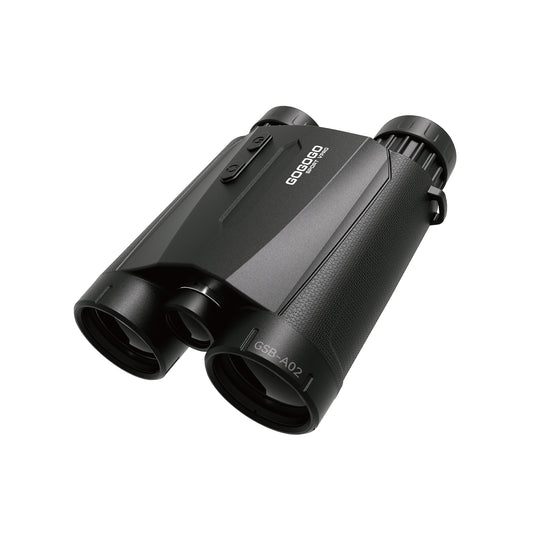
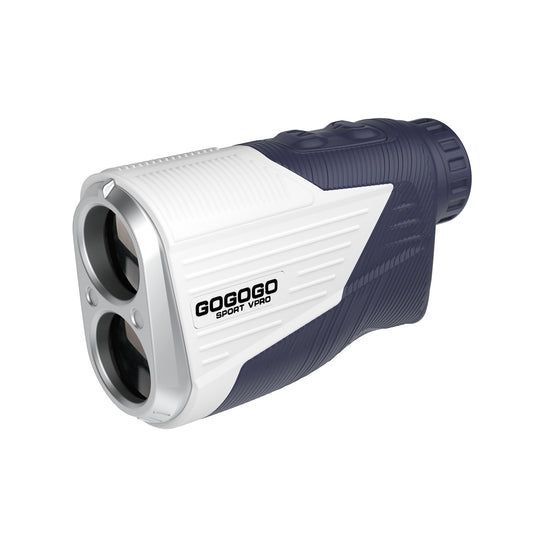
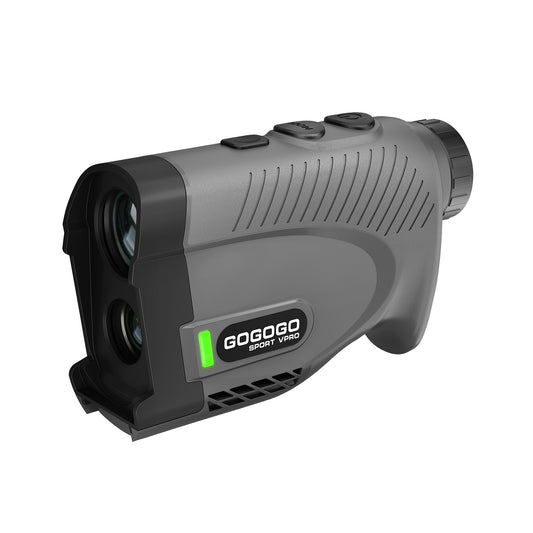
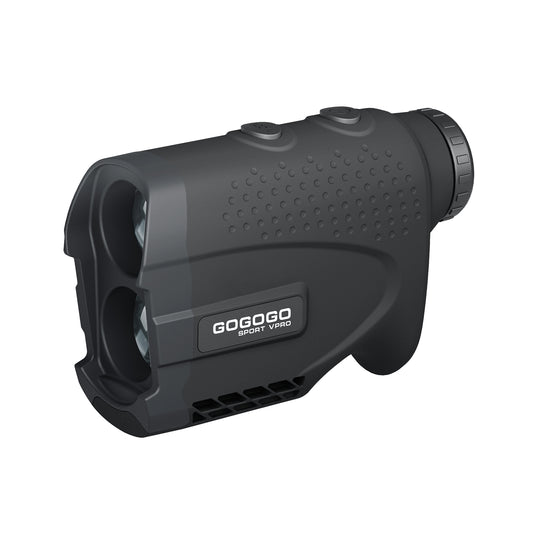
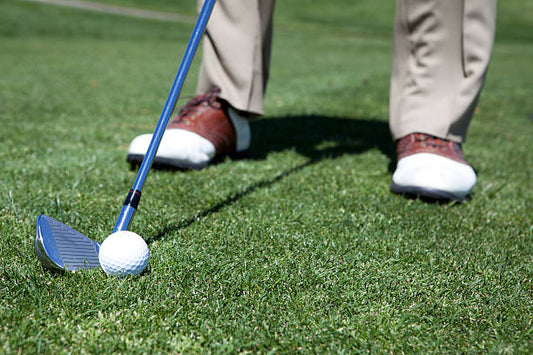
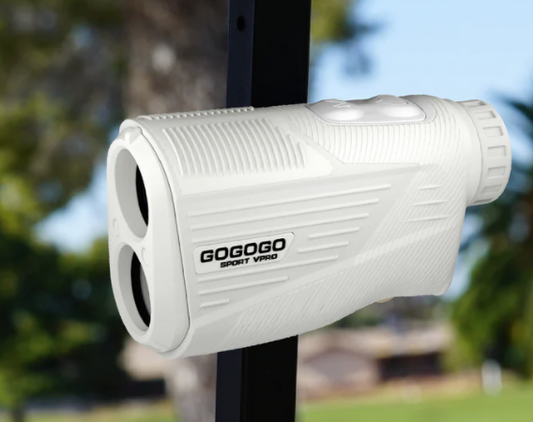

![[2025] The Ultimate Guide to Pinseeker Rangefinders for Golfers](http://gogogosport.com/cdn/shop/articles/gogogo_sport_vpro_pinseeker_rangefinder.png?v=1757993796&width=533)